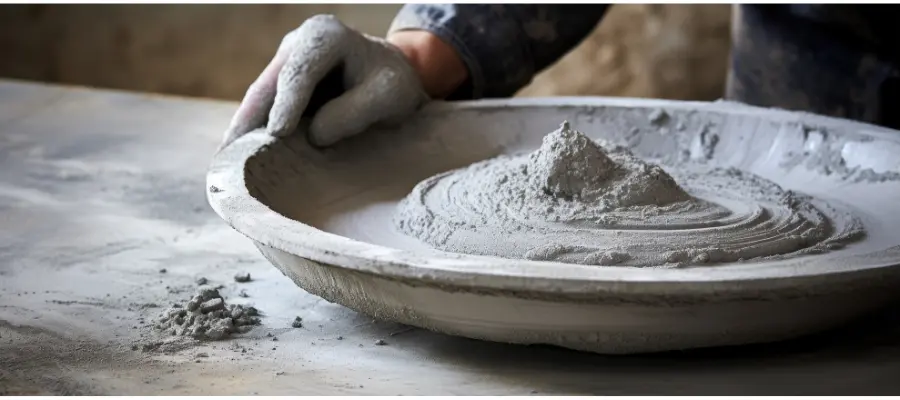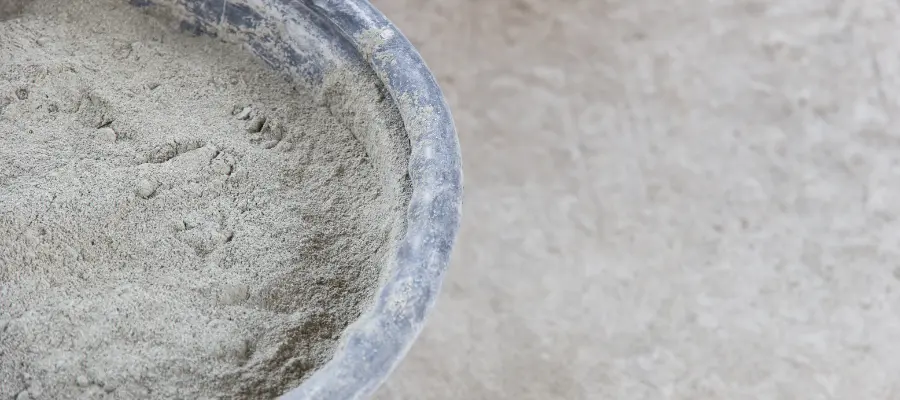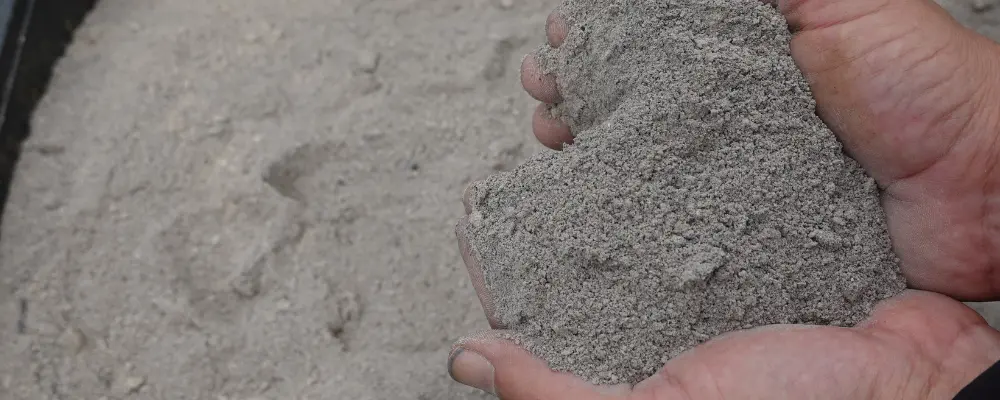Behind every strong concrete structure, there is a major part of cement. The compressive strength, workability, and grade of cement can determine the structure’s durability. So, before selecting the right type of cement from the list of building materials for your dream house, learn more about it.
Let’s explore the various types of cement grades and learn how to choose the best cement, together with insights from the Brick & Bolt blog.
Understanding Cement Grades
Cement grades are the classification of cement that indicate the cement’s compressive strength after 28-day of curing. The major cement grades used in construction are 33, 43, 53 Grade OPC, Portland Pozzolana Cement, and Portland Slag Cement.
The grade of cement decides the bonding strength of concrete, mortar, and plaster. Also based on grade, Strength of concrete will differ, which impacts the number of cement bags required. Hence, selecting the correct cement grade is crucial for the success of any construction project. In case you choose the wrong grade! It can cause structural weaknesses, reduced durability, and higher maintenance costs. Proper cement selection will make sure that the cement will perform as expected under different conditions, giving safety and longevity to buildings.
Common Types of Cement Grades

Following are the common types of cement grades that you need to consider before choosing cement.
OPC 33 Grade Cement
OPC 33-grade cement is generally called Ordinary Portland Cement(OPC). After 28 days of curing, OPC 33-grade cement offers a minimum compressive strength of 33 MegaPascals (MPa).
33-grade OPC cement use is flexible due to its slower rate of strength increase. Thus, it’s used for plastering, flooring, and ordinary masonry projects where high strength is not required. It is ideal for pavements and pathways where the load-bearing requirements are minimal. It becomes stronger with time; hence, it is used for grouting and site restoration projects.
OPC 43 Grade Cement
After letting 43-grade OPC cure for 28 days, it will offer the minimum compressive strength of 43 MPa (MegaPascals).
When using this cement in concrete or mortar mixes, the finer cement grains allow the concrete mixture to be worked and spread more easily during application. Due to its strength, 43-grade cement is used in reinforced concrete (RCC) works, prestressed concrete constructions, concrete sleepers, and other non-structural elements like tiles and blocks.
OPC 53 Grade Cement
After 28 days of curing, 53-grade OPC cement will offer a high compressive strength of 53 MPa. Because it gains this high strength faster, it allows construction projects to remove the temporary moulds and supports more quickly, which saves a lot of time and money.
Out of the different cement grades available, the 53 grade is used for heavy-duty, heavy-strength concrete structures like industrial buildings, bridges, high-rise towers, and foundations for homes and buildings. Its exceptional strength and efficiency also make it great for concrete runways and roadways that need to withstand constant heavy weights and forces.
Super Grade Cement
Supergrade cement has a super high compressive strength, beyond 60 MegaPascals. This special cement is made by mixing certain minerals in a unique way. It’s produced by combining really strong Portland cement with some special techniques to grind it up.
People use Supergrade cement in really important construction projects like nuclear power plants, high-rise buildings, and huge dams. These projects need cement that’s super strong from the beginning and stays strong for a long time.
Factors Influencing the Choice of Cement Grades

Nature of Construction Project
Different types of construction projects will have different strength and durability requirements. So, the nature of construction projects considerably influences the choice of cement grade.
Environmental Conditions
Different environmental factors, such as humidity, temperature, and exposure to chemicals, influence cement’s performance. Selecting a grade that can withstand these conditions is important for the success of any construction project.
Structural Requirements
The grade of cement determines the strength. The type of cement grade chosen depends on structural requirements, such as how much weight or types of loads are imposed on the structure and how long it needs to last. A higher grade of cement is needed for construction projects that require very high strength capabilities, like bridges or skyscrapers.
Cost Considerations
Budget constraints often impact the selection of cement grades. The really good cement costs more money, but it works better. Investing in high-quality cement may result in long-term cost savings by reducing the need for frequent repairs or replacements. So, you have to find a balance between how well you want it to work and how much money you can spend to get the best outcome. If you want to calculate the overall construction cost of your home, check out our Cost Estimator to help determine your budget.
Conclusion
Selecting the proper cement grade from different types of grades is very important for the success of any construction project. To do that, understanding the characteristics and applications of varying cement grades is a must and should. The chosen cement should meet the project’s specific needs, providing strength, durability, and safety. By considering factors such as project requirements, environmental conditions, and budget, builders can make better decisions that enhance the longevity and performance of their structures.

